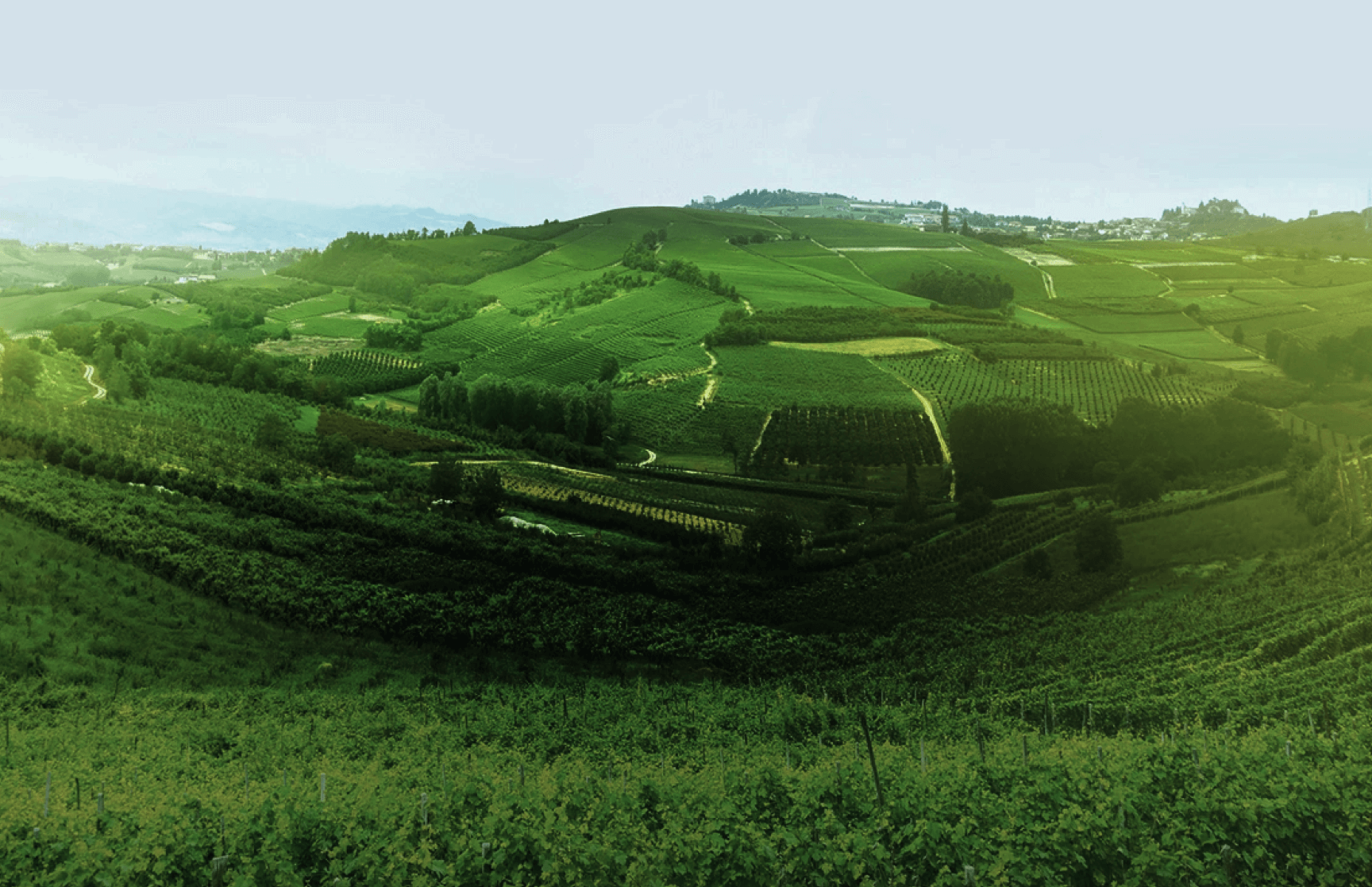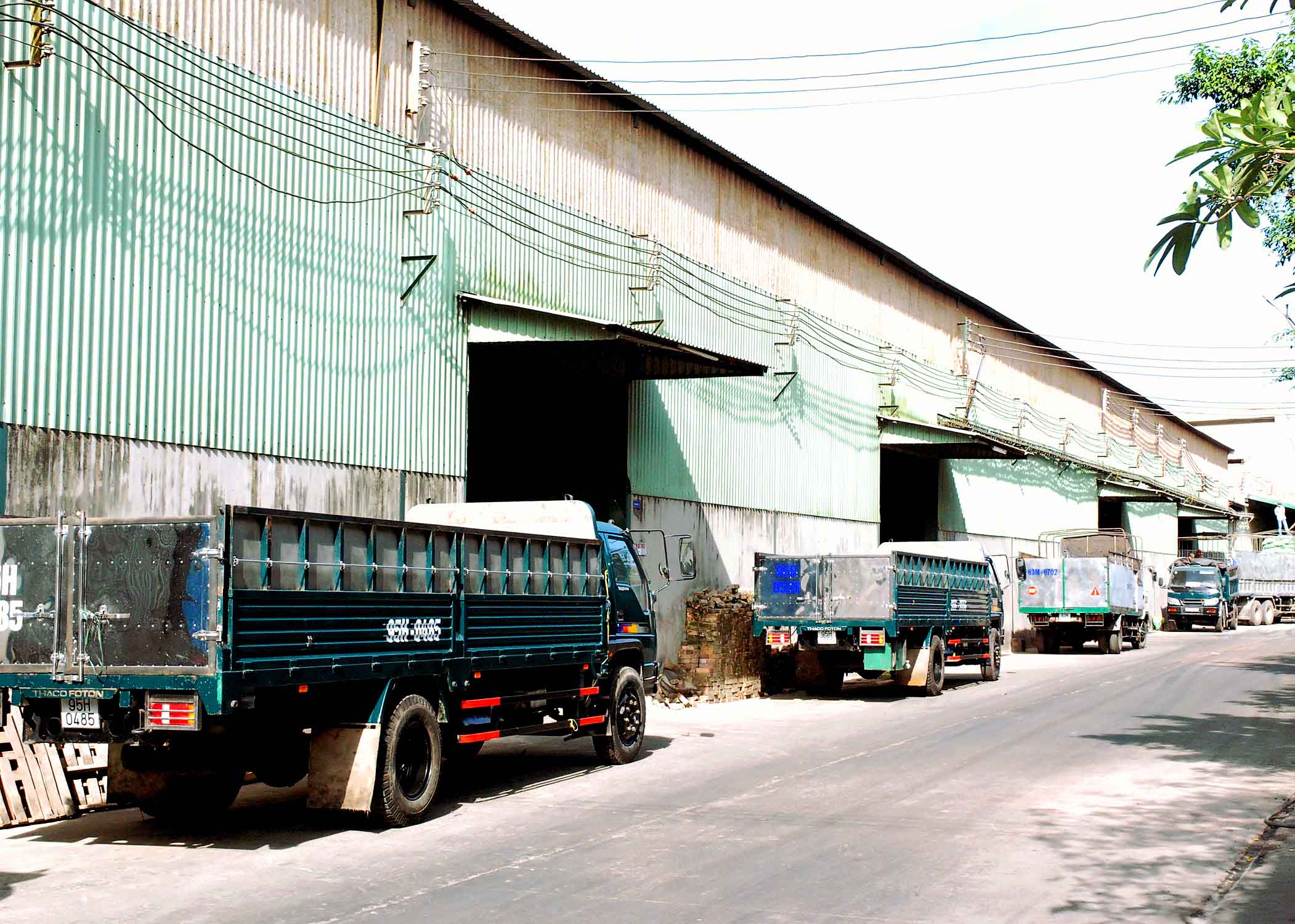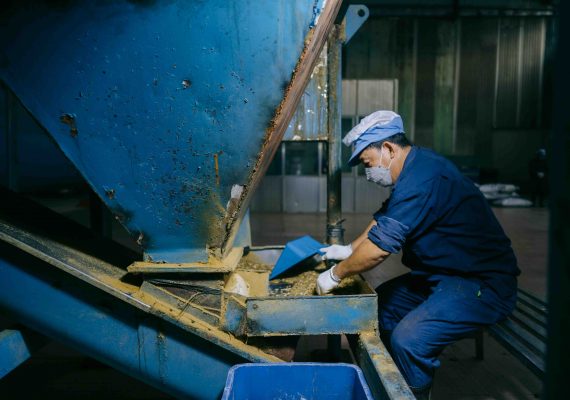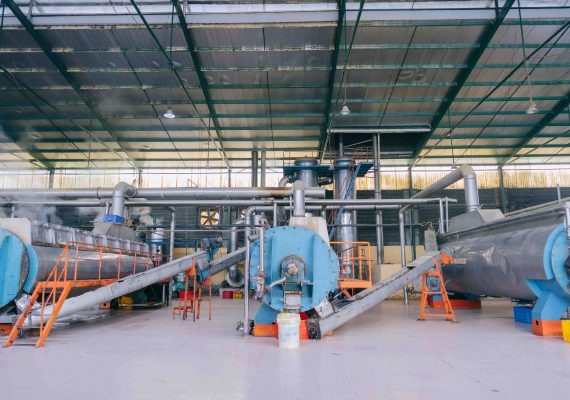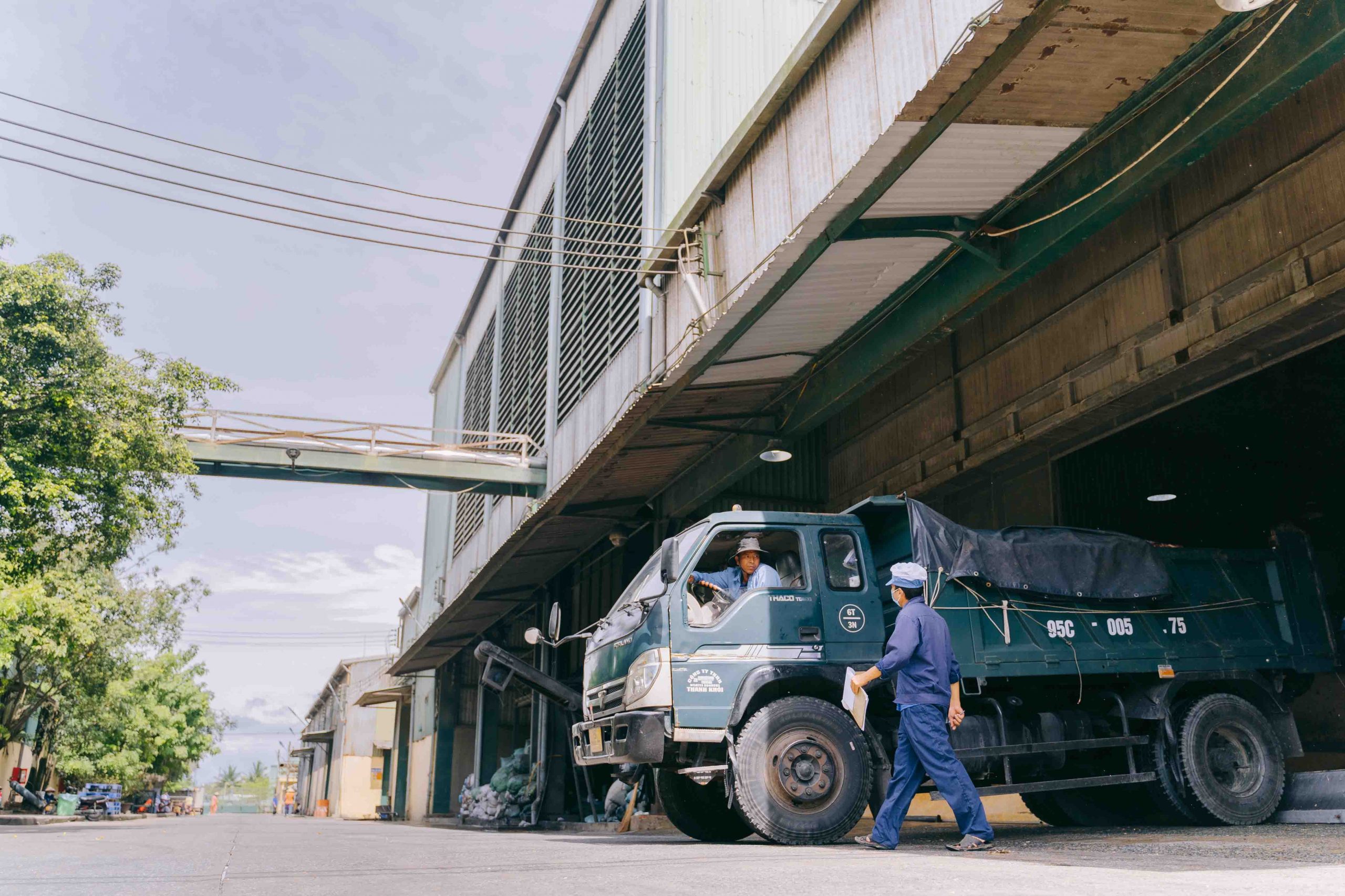According to calculations by the United Nations, the Food and Agriculture Organization of the United Nations (FAO) and the World Bank, food prices have now reached a record level and are likely to rise even higher.
Entering 2011, the world food price index increased by 28.3% compared to the middle of 2010, in which the price of cereals increased by 44.1%, raising fears of a possible food crisis. body is approaching.
A series of climate anomalies have put pressure on food prices such as severe drought in Russia, floods in Australia, cold winters in the US and floods engulfing palm fields in Malaysia. This increase in agricultural prices comes just three years after the last crisis in 2008.
At the seminar “Impacts of increasing food prices on Vietnam’s economy and farmers’ lives”, just held by the Institute of Policy and Strategy for Agriculture and Rural Development (Ministry of Agriculture and Rural Development) According to experts, the current increase in food prices is not the same as that of the food crisis in 2007-2008.
The increase in food prices in 2008 was due to the restructuring of investment, the phenomenon of speculation in agricultural products by financiers, in addition to the political impact, the tightening of export policies, drought, crop failure in some countries… At the present time, the increase in food prices is not an unusual sign, the supply is still good, there are no signs of speculation, or restrictions on import and export. export. There will be no food crisis.
The world is running out of cheap food, but there is still a lot of potential for food supply, only these potentials have not been exploited. The current phenomenon of local food supply shortages, stems from mistakes made by some governments, development organizations and donors over the past three decades in reducing resource investment in agriculture.
Not only food, but also coffee, cocoa, seafood, rubber and many other agricultural products have high prices. Exporting agricultural products will bring in a much larger source of money for exporting countries, this is a good opportunity to increase farmers’ income and redistribute social welfare.
Currently, the export price of Vietnamese rice 5% broken has reached 520 USD/ton, 80 USD higher than the same time last year. According to forecasts, world rice exports this year will increase by more than 15% compared to the previous year and Vietnam is forecasted to be only behind India with an increase of nearly 38% compared to 2010.
However, in Vietnam not everyone has rice to sell, but a lot of people have to buy rice. So how to both benefit from the rising price for rice producers and traders, especially farmers, and control the price increase in the domestic market. The long-term problem is that Vietnam must have a new agricultural strategy to help farmers overcome difficulties and have conditions to increase rice exports.
According to the Agricultural Policy Advisory Center, the sustainable way to escape poverty in both urban and rural areas is economic restructuring led by higher agricultural productivity, progress slow labor migration from farm to factory, and growth of the knowledge and skills-based service sector.
According to experts, now is really a stable and favorable time for policy makers to aim further and take a longer-term view. Vietnam needs to focus on building high-tech agriculture, promote research and development of technological machinery for agriculture, and must aim at an agricultural strategy with the best quality.
This is an effective direction, because investment in agriculture is not too expensive, on average, each investment of 120 million USD from now to 2020, will help increase productivity and rice output by 8.5%…
